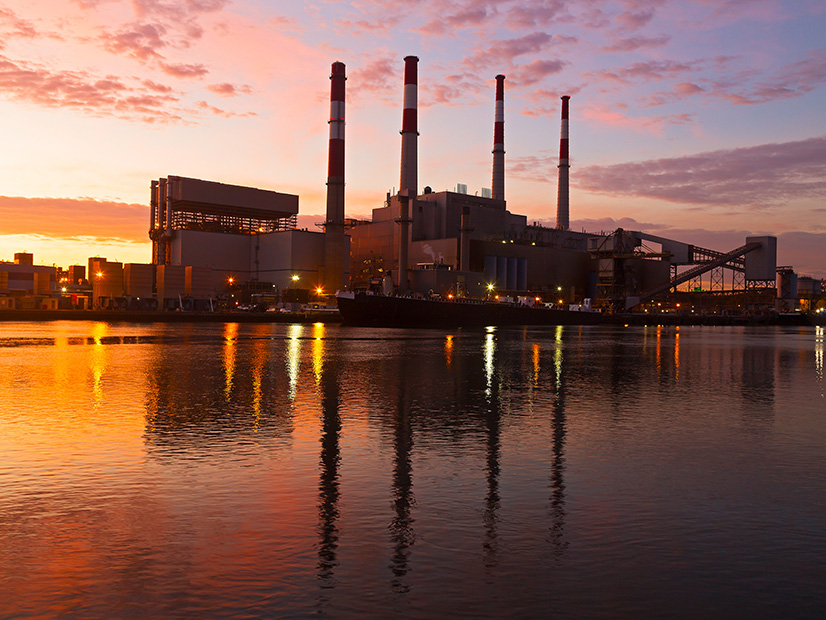The New York Department of Public Service once again is seeking input on what exactly “zero emissions” means.
The New York Department of Public Service is once again seeking input on what exactly “zero emissions” means.
More precisely, it is trying to find an acceptable, expanded definition as the state’s statutory goals for emissions reductions appear increasingly hard to reach. And it is asking for legal interpretations as it goes through the process.
The Public Service Commission opened the contentious conversation in May when it acknowledged that favored technologies such as wind and solar might not be enough to achieve 70% renewable energy by 2030 and 100% emissions-free energy by 2040 (Case 15-E-0302).
This suggested a possible fallback on technologies opposed by many clean energy advocates, such as hydrogen, bioenergy and carbon capture.
The number and range of comments filed by the late August deadline was not surprising, given the potential impacts on the business plans of energy developers and on the health and wallets of state residents.
The Department of Public Service on Oct. 20 issued a series of follow-up questions to clarify the points made in the first round of questions.
The issue is even more salient now than when the PSC started the ball rolling in May: Developers of much of the state’s clean energy pipeline — 90 projects totaling more than 12 GW — said in June they might not be able to begin construction without more money. And the PSC voted unanimously Oct. 12 to reject their request for an inflation adjustment.
Renewable energy had been coming online slowly in New York even before this turn of events, and NYISO has been warning with growing urgency about a potential generation shortfall as fossil fuel plants are retired.
The DPS on Oct. 20 issued six new questions and asked for legal interpretations rather than policy considerations:
-
- State Public Service Law and the landmark Climate Leadership and Community Protection Act of 2019 do not define “emissions” when they call for zero emissions. Should that be read as all air pollutants, just greenhouse gas emissions or something else?
- Should the PSC read “zero emissions” and “net-zero emissions” as distinct terms, and if so, how should it characterize and apply the distinction?
- The state Department of Conservation has counted biomass combustion emissions for electrical generation on a gross rather than net basis; should that inform the PSC as it defines zero emissions for the statewide electrical demand system?
- What discretion does the CLCPA offer DPS staff as it specifies parameters such as which elements of the lifecycle of a given emissions source should be counted toward an emissions limit, and the threshold level at which emissions from that source are disqualifying?
- Public Service Law designates fuel cells as a renewable energy system if they do not use a fossil fuel resource while generating electricity. What significance does this have for characterizing fuel cells that consume hydrogen, biogas, renewable natural gas or other non-fossil fuels as “zero emissions?”
- “Statewide electrical demand system” is not defined in the CLCPA or elsewhere. What definitions does the law support, and how do they relate to electricity generated outside of the state or behind the meter?
Comments are due by Jan. 19.
A two-day technical conference on the matter is scheduled in-person and virtually Dec. 11-12.



